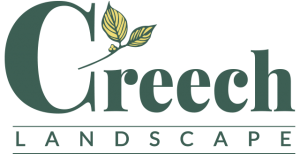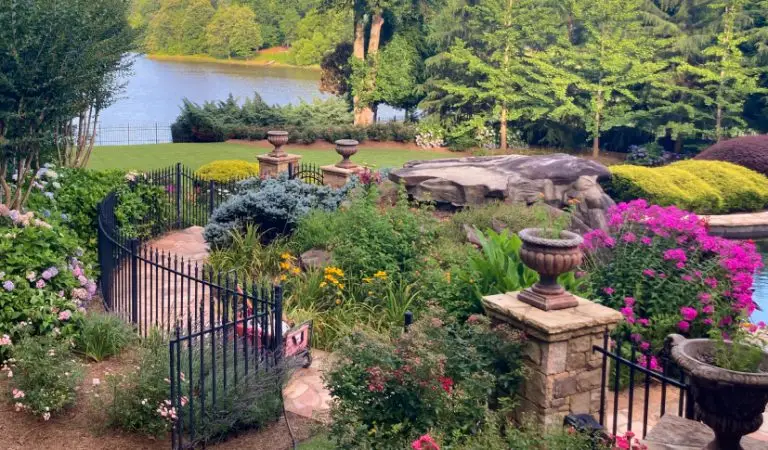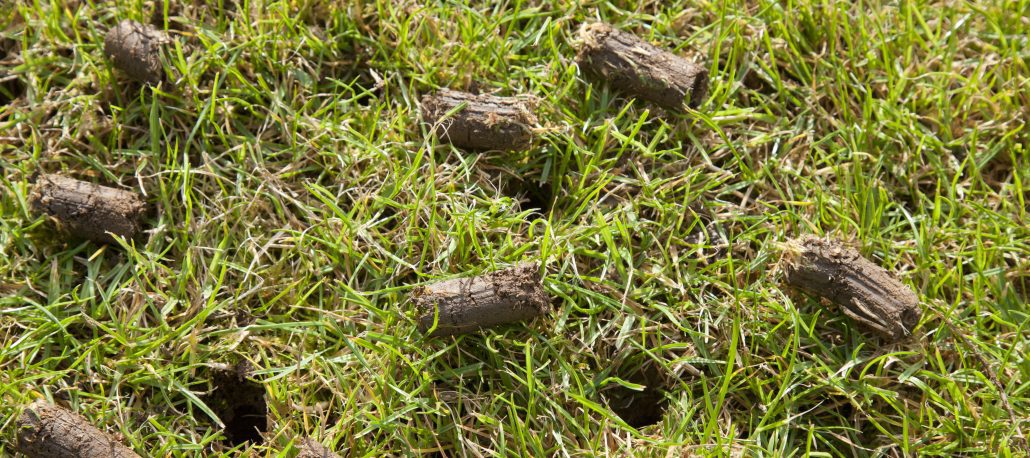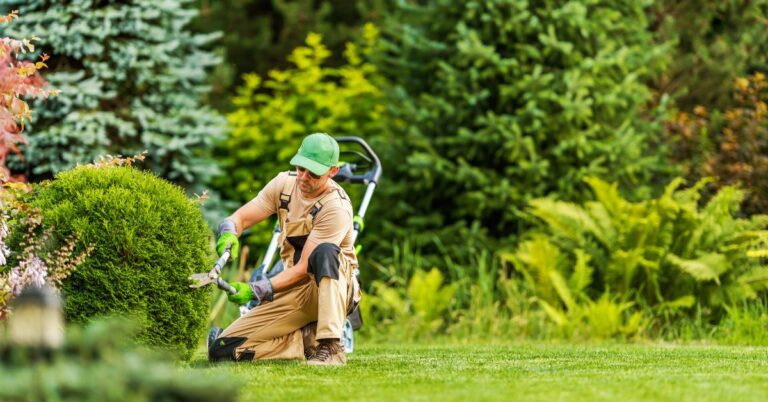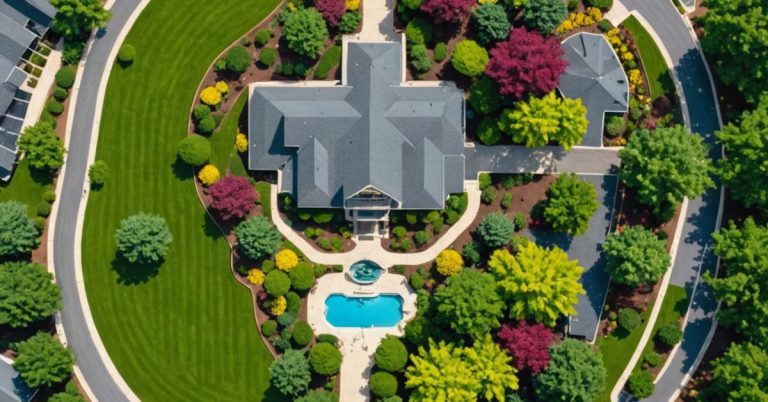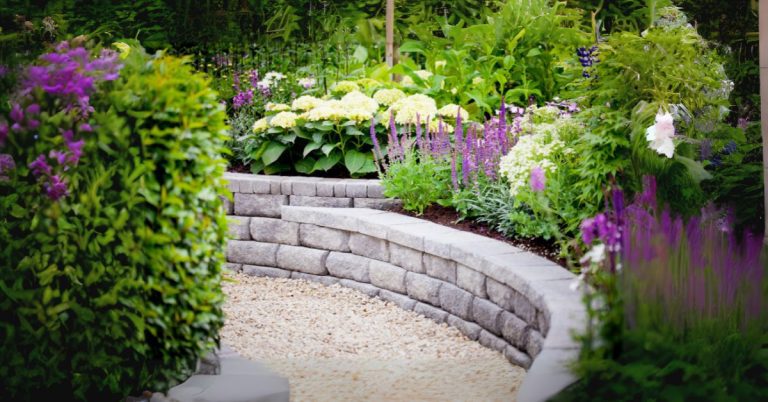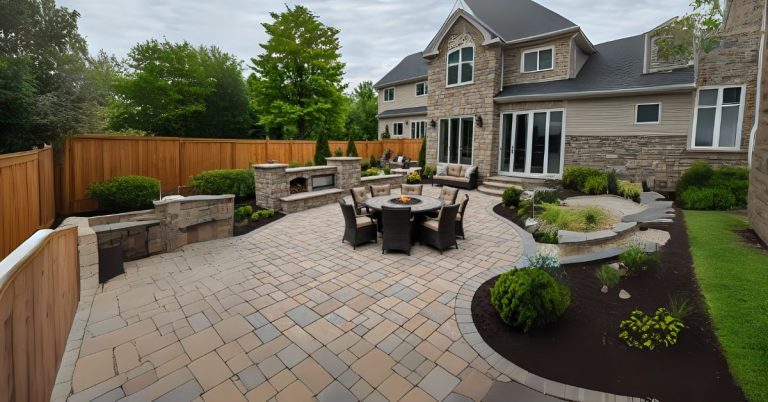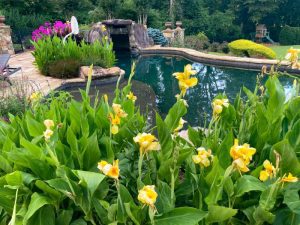Plenty of work goes into maintaining a lawn that is lush and thriving. Proper lawn care keeps a lawn beautiful, but ultimately it keeps it healthy. There are several ways to maintain your yard, and one of them is lawn aeration. By doing this at the right time, you can maintain a yard that is healthy, green, and able to withstand the changing seasons. If you are wondering when to aerate your lawn for the best results, you’ve come to the right place.
Creech Landscape understands the ins and outs of lawn aeration, from the process to the needs of different grasses, and offers a guide for when to aerate your yard for the best outcome.
What Is Lawn Aeration?
Lawn aeration is when you poke holes or remove plugs of soil from your lawn, loosening up compacted soil. This restores proper airflow and water distribution to your lawn while also clearing up layers of debris that may have collected over time. Aeration is done in a full sweep across your yard, sometimes twice depending on how compacted your soil is.
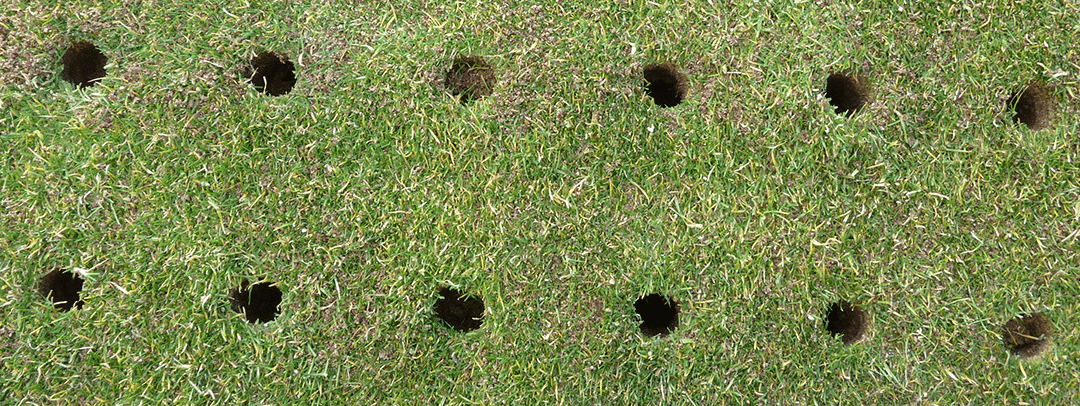
Types of Aeration
There are different methods used for lawn aeration, but the most common are spike aeration and core aeration. Both can help to reduce compaction in your yard, but the duration of the results can vary. Spike aeration is when holes are poked into the soil, making space for airflow and water.
This is done using push aerators, pitchforks, or spiked shoes. This method is good for soil that is mildly compacted, but over time it can lead to more compaction since no soil is being removed. Core aeration, though, is done using aeration machines to pull up soil plugs. It’s the ideal method for effective results and is recommended for keeping your lawn healthy long-term.
When Should You Aerate Your Lawn?
Timing is important when it comes to aeration, and the best time depends on the quality of your soil, and the type of grass you have. There are warm-season and cool-season grasses, and they have varying times of the year when they can better withstand damage. It depends on what type of grass you have to determine the best time to aerate it for the best results.
Warm Season Grasses
Warm-season grasses are an ideal and standard choice for Georgia and other areas with a warm climate. Types of warm-season grasses include Bermuda, Zoysia, and carpet grass. These grasses thrive in sunny and humid conditions, reaching their peak growth in the summer and going dormant in the winter. The best time to aerate these types of lawns is late spring and early summer, allowing the grass time to recover from the process.
Cool Season Grasses
In colder climates, cool-season grasses are best since they survive well in lower temperatures and within more shaded areas. These kinds of grasses include fescue, bluegrass, and ryegrass. Thriving best in the fall, it’s best to aerate lawns with cool-season grasses in the early spring or the fall, when the weather is cooler and they’re at their peak health.
Less dense or sandy soils may only require infrequent aeration, but given the warm, humid weather and heavy clay soil in Georgia, regular aeration is important to prevent unnecessary damage. For best results, schedule your lawn aeration annually and 50% green.
Why Is Aeration Important?
Lawns are subjected to wear and tear throughout the year, often in the warmer months, which can impact their underlying health as much as their appearance. Several risks come with not maintaining your lawn, and they can all be prevented with regular aeration.
The Risks of Damage
Heavy foot traffic, either from kids playing on the lawn or heavy lawn equipment passing over it, can lead to soil compaction. Georgia’s heavy clay soil makes it easier for a yard to get compacted. This leads to decreased root growth, water uptake, and structural integrity.
Weed growth and debris from the lawn itself can also harm its health. An overabundance of decomposed grass debris, or thatching, can build on the surface and cut your grass off from the right amount of oxygen, water, and nutrients. This can result in weeds taking the little nutrients that are left, water runoff, and a place for lawn-damaging insects and diseases to grow.
The Benefits of Aeration
When you aerate your lawn, the compressed soil is loosened up, allowing for better airflow and drainage. With the improvement of oxygen and water absorption, the roots become stronger and able to take more nutrients to restore the grass’ health. The thick layers of thatching are broken down in the process, too, which helps the grass to resist disease and insects that may hide underneath decomposing debris.
Aeration can also help prepare a yard for other kinds of lawn care. With the space that’s made for airflow and water absorption, the grassroots can take in nutrients from fertilizer. You can also set down fresh grass seeds to promote healthy growth after aeration. Overall, the process creates a more welcoming environment for continuing your yard maintenance routine.
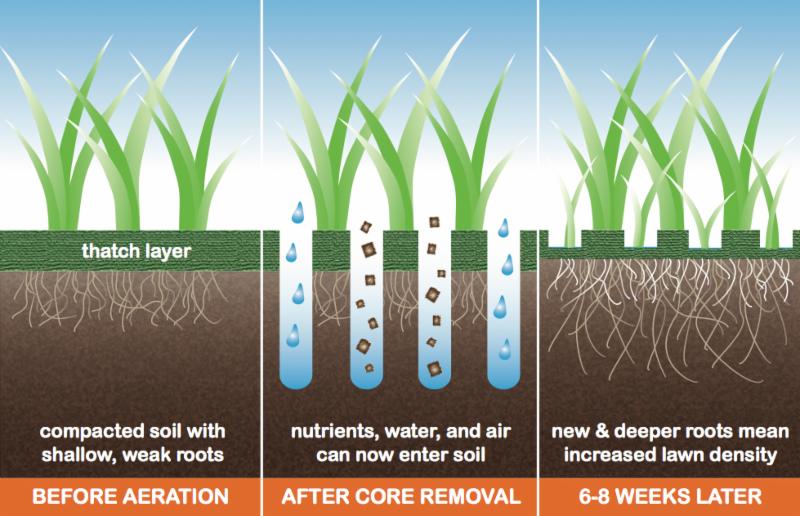
Signs Your Lawn Needs Aeration
Because of the importance of regular aeration, it’s helpful to check for signs that point to your lawn needing a refresher. With lawns in Georgia being more prone to soil compaction, here are signs to look for:
- Spongy, Uneven Surface: Heavy thatching may leave your lawn feeling spongy when you step on it, or cause your mowing to be uneven due to the equipment sinking.
- Obvious Compaction: If your soil is heavily compacted, it may be difficult to stick objects into the soil.
- Lack of Growth: Since there is a lack of nutrients reaching the roots, your grass may grow brown or patchy in certain places, and become vulnerable to fungi and insects that cause visible damage.
- Increase in Weeds: With the reduced growth of the grass, weeds might be building up or even overtaking the yard.
- Water Runoff: Compacted soil and thatching prevent proper water absorption, which may lead to noticeable runoff in your yard.
If your yard is showing signs like these, it may be time for you to schedule for it to be aerated. Be sure to take note of them, as leaving them unattended can lead to further damage down the road.
At Creech Landscape, we know when to aerate your lawn, and we offer reliable, regular aeration services to the North Metro Atlanta area. We want to provide lawn care services you can count on! Contact us today for more information, or to schedule a service.
